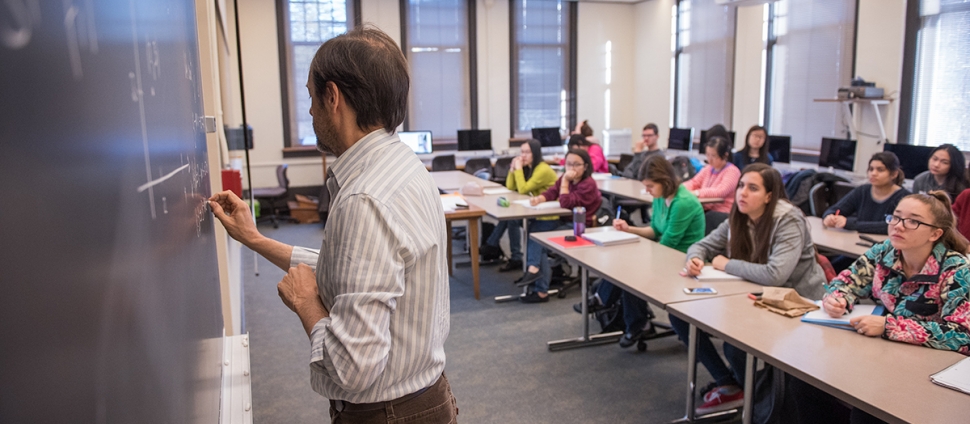Document Type
Conference Proceeding
Publication Date
2012
Publication Title
Acta Physica Polonica B
Abstract
We propose an extended schematic model for hadrons in which quarks as well as diquarks serve as building blocks. The outcome is a reclassification of the hadron spectrum in which there are no radially excited hadrons: all mesons and baryons previously believed to be radial excitations are orbitally excited states involving diquarks. Also, there are no exotic hadrons: all hadrons previously believed to be exotic are states involving diquarks and are an integral part of the model. We discuss the implications of this result for a new understanding of confinement and its relation to asymptotic freedom, as well as its implications for a novel relation between the size and energy of hadrons, whereby an excited hadron shrinks.
Volume
Suppl. 5
First Page
695
DOI
10.5506/APhysPolBSupp.5.695
Creative Commons License

This work is licensed under a Creative Commons Attribution 4.0 International License.
Rights
© the author
Version
Version of Record
Recommended Citation
Friedmann, Tamar, "A New QCD Effect: the Shrinking Radius of Hadrons" (2012). Mathematics Sciences: Faculty Publications, Smith College, Northampton, MA.
https://scholarworks.smith.edu/mth_facpubs/66


